Spice Showdown: Serrano Pepper Heat – What You Need to Know Before Biting!
If you're diving into the world of spicy cuisine, you've probably heard the name "Serrano pepper" tossed around like confetti at a chili cook-off. But what exactly makes the serrano pepper heat such a big deal? Is it really as fiery as people say, or is it just a jalapeño with a bit more swagger?
In this blog, we’ll break down everything you need to know about the serrano pepper's spice level, how it compares to other popular peppers, and even some pro tips on handling its heat in your cooking adventures.
Table of Contents
- What Is a Serrano Pepper?
- Understanding the Heat: Scoville Scale Breakdown
- Serrano vs. Other Peppers: Who’s the Real Firestarter?
- Cooking with Serrano Peppers: Tips & Tricks
- How to Handle the Heat Like a Pro
- Myths and Facts About Serrano Pepper Heat
- Summary
What Is a Serrano Pepper?
The serrano pepper is a Mexican native chili pepper named after the mountains ("sierras") where it thrives. Smaller and thinner than its cousin, the jalapeño, the serrano packs more punch without being completely off the charts on the Scoville scale.
These peppers are usually eaten green but can also be found ripening into shades of red, orange, brown, and even purple. Their versatility in salsas, sauces, soups, and stews has made them a staple in Latin American kitchens—and increasingly so worldwide.
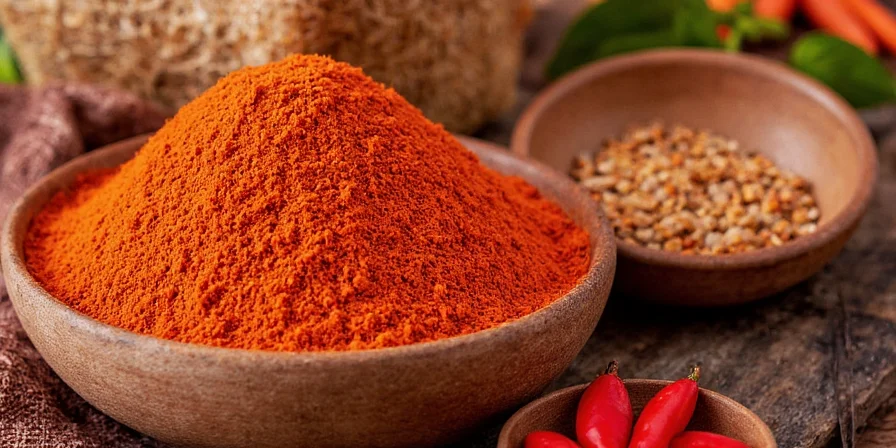
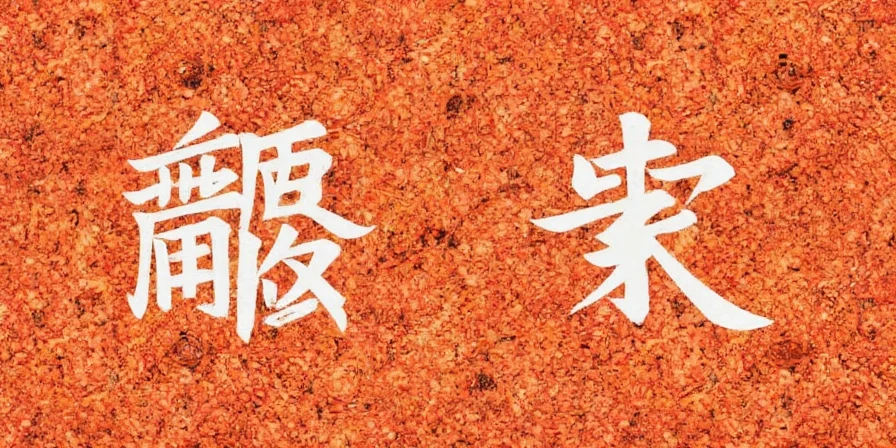
Understanding the Heat: Scoville Scale Breakdown
Let’s talk numbers—because when it comes to serrano pepper heat, the Scoville scale is your best friend. Developed by Wilbur Scoville back in 1912, this scale measures how hot a chili pepper is by calculating how much sugar water it would take to neutralize its spiciness.
| Pepper | Scoville Heat Units (SHU) |
|---|---|
| Jalapeño | 2,500–8,000 SHU |
| Serrano | 10,000–23,000 SHU |
| Cayenne | 30,000–50,000 SHU |
| Habanero | 100,000–350,000 SHU |
As you can see, serrano peppers bring serious fire compared to jalapeños but are still miles away from the nuclear levels of habaneros or ghost peppers. Still, they’re no joke—especially if you're not used to handling high-heat chilies.
Serrano vs. Other Peppers: Who’s the Real Firestarter?
When comparing the serrano pepper heat with others, context matters. Here's a quick-fire round of how it stacks up against common culinary peppers:
- Serrano vs. Jalapeño: Hands down, serrano wins in the heat department. If jalapeños are your “Sunday drive,” serranos are your “turbo-charged highway chase.”
- Serrano vs. Poblano: Poblanos are like gentle giants—mild and earthy. Serranos, meanwhile, are like tiny dragons that pack a punch. You won’t confuse these two unless you're cooking blindfolded.
- Serrano vs. Thai Bird’s Eye Chili: Now we’re talking real competition. Thai bird’s eye peppers often match or exceed serranos in heat, but serranos win for flavor versatility and ease of use in everyday cooking.
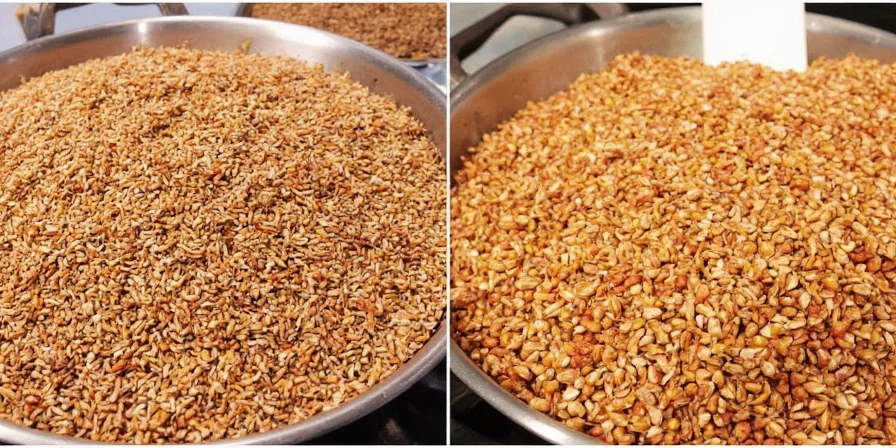

Cooking with Serrano Peppers: Tips & Tricks
Ready to put some serrano love into your kitchen? These peppers can elevate your dishes from “meh” to “mouth-on-fire-awesome” if handled correctly. Here are some essential cooking tips:
- Don’t overdo the seeds: The seeds carry most of the heat. For a milder kick, remove them before chopping. For full power, leave them intact.
- Roasting brings out sweetness: Roasting serrano peppers adds a smoky depth that balances their heat perfectly.
- Add late in the game: To preserve maximum flavor and heat, add serrano peppers toward the end of cooking rather than letting them simmer all day.
Pro Tip:
If you want a fresh, vibrant salsa or marinade, finely dice raw serrano peppers and toss them in at the last minute. The heat hits faster and fades quicker than cooked versions.
How to Handle the Heat Like a Pro
Let’s face it—serrano pepper heat isn’t messing around. Even seasoned cooks have been caught off guard by its sting. So here are some handy tricks to keep your kitchen experience safe and enjoyable:
- Wear gloves: Capsaicin—the stuff that makes peppers hot—is oil-based and sticks to skin. Gloves prevent painful eye rubs later (yes, that happens more than you think).
- Use dairy to cool off: Milk, yogurt, or sour cream can neutralize the burn better than water ever could.
- Chill the peppers: Cold temperatures reduce capsaicin release. Store whole serranos in the fridge until ready to use for slightly less intense heat.
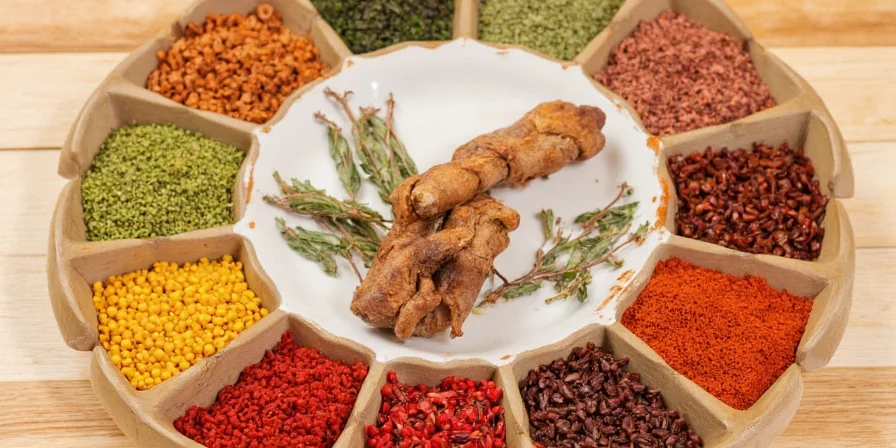

Myths and Facts About Serrano Pepper Heat
There’s a lot of misinformation floating around the internet when it comes to spice levels. Let’s bust some myths and confirm a few facts about serrano pepper heat.
| Myth/Fact | Description |
|---|---|
| Myth: All serrano peppers are equally hot. | False! Depending on growing conditions, color, and maturity, heat levels can vary dramatically—even between peppers from the same plant. |
| Fact: Red serranos are hotter than green ones. | True! As serrano peppers ripen, they develop more capsaicin and tend to get spicier. Green ones are typically milder and grassier in flavor. |
| Myth: Vinegar reduces pepper heat. | Partially false. While vinegar can enhance flavors, it doesn’t significantly reduce capsaicin—it actually helps distribute it more evenly! |
Did You Know?
Some chefs swear by soaking sliced serrano peppers in lemon juice to temper their heat while adding brightness to salsas and dressings. Give it a try!
Summary
So there you have it—a deep dive into the world of serrano pepper heat. Whether you're a home cook looking to spice up your dinner table or a professional chef experimenting with flavor profiles, serrano peppers offer a versatile blend of heat and taste that’s hard to beat.
- Serrano peppers range from 10,000–23,000 SHU on the Scoville scale.
- They are hotter than jalapeños but milder than cayenne or habaneros.
- Red serranos are generally spicier than green ones.
- Use gloves, handle carefully, and experiment with roasting and marinating to control the heat.
Final Thought:
If you're brave enough to tackle the serrano, you'll be rewarded with bold flavors and a little controlled chaos in your meals. Just remember—one serrano goes a long way!
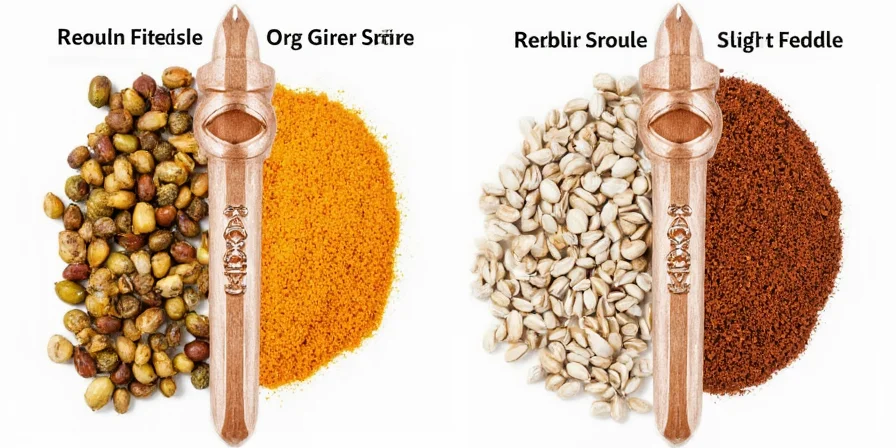
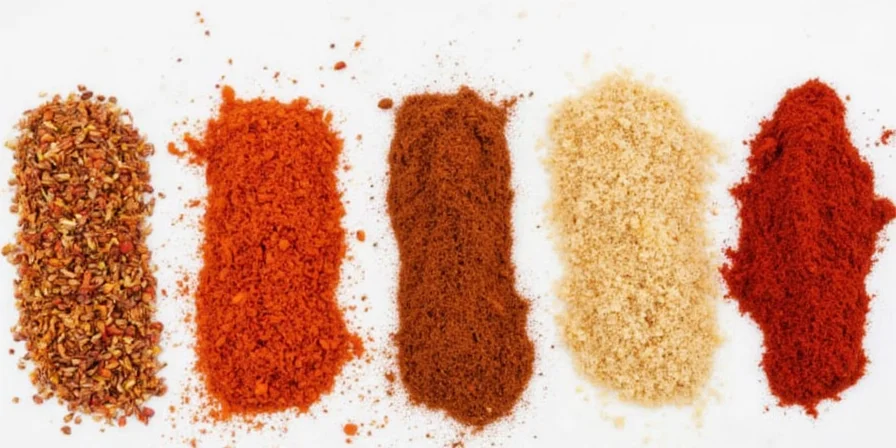

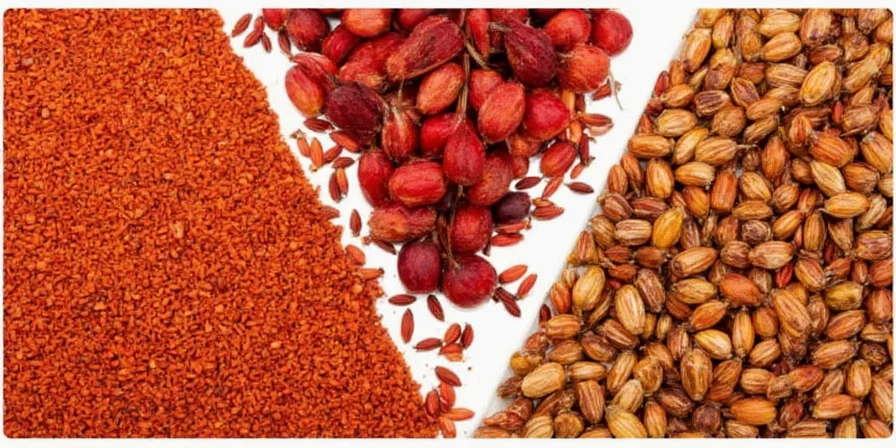









 浙公网安备
33010002000092号
浙公网安备
33010002000092号 浙B2-20120091-4
浙B2-20120091-4